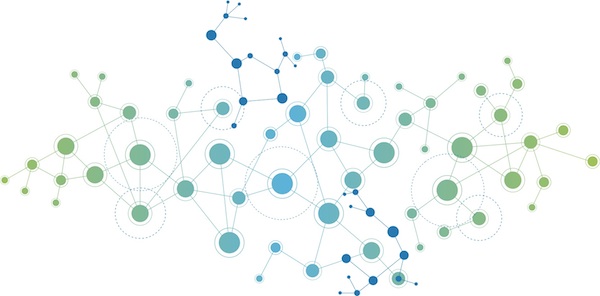The kids were sleeping in the backseats as our loaded down Sequoia traversed the winding road over the sheer cliffs that drop down into the vast and rugged Pacific coastline. I asked my wife in a whisper to do a little bit of research for our pending arrival in San Francisco. After punching on her iPhone for a minute, she whispered back that there was no signal.
No signal? A combination of relief and mild panic immediately ensued.
I couldn’t find out what the parking alternatives to our hotel in San Francisco were, or make dinner plans, or schedule a route through the city that my boys had never visited before. I wouldn’t be receiving any inbound messages or notifications from my social networks. Worse yet, what if something unexpected were to happen on our journey? What if we broke down? What if there were some crazy people around the corner waiting to accost us? What if our trip was delayed late into the night and we were to become stranded? (I have the counter argument to all of these questions coming in a future post).
We were disconnected. And for a moment, I experienced a sudden jolt of Nomophobia.
The Tragedy of the Disconnected
I recently re-read the tragic account of the famous Donner party and how many of them died when trying to cross the Sierra Nevada mountains to California because there was too much snow. In today’s world, the tragedy likely never would have happened.
The party was traveling a new trail that had been recommended to them. The portion of party that took the tried and true trail from Illinois all arrived safely. But nearly half of the 87 people who attempted the new trail died in a tragedy that included murder, cannibalism, and starvation. They died for several reasons. They died because they didn’t know the terrain. They died because there was too much snow that fell. They died because they were essentially disconnected from the people, utilities, and critical information that could and should have saved them.
If the trip had been attempted today, they would have likely had access to GPS signals. They would have been able to access weather predictions. They would likely have access to an army of input that had been shared by those who had gone before them. They would have been able to travel the path of the previous trail, even though it was covered with snow. This knowledge would have largely been enabled by technology; by satellites, sensors, and computing power, most of it likely accessible through mobile devices through the cloud. If they fell into unexpected trouble, they likely would have been able to send a note or call for help via their mobile phone. (If not available now, it will be in the foreseeable future).
Connection Innovations
Today I read about a new app called Watch Over Me. Its growth has outpaced most of the popular social networks in Malaysia. Why? Because it helps people feel safe. It is persistent connection that in this case allows people to feel a little bit safer, and to respond immediately in the case of danger.
We’ve witnessed the network effect of the telegraph, telephone, fax, email, social networks. As things become connected, the potential benefits and outcomes grow exponentially. With the addition of every new node in the network, the value to both the network and the node increases.
On April Fool’s Day (less than 3 months ago), a different app was developed as a joke in 8 hours. The sole purpose of the app was to send the message “yo”. Since that time, a few remarkable things have happened:
In the last couple of months, over 2 million people have downloaded this app, and the founders recently received $1.2 million in funding. While some mock this as an after effect of Silicon Valley greed and hubris, it tells a story of how something with very small utility spread across a network can reap large gains.
Furthermore, this semingly near useless utility has now been re-tooled to potentially save lives in the Gaza strip. Watch the video below for more details.
Not to be outdone, Yo’s short term success has spawned the creation of a new app called Tap, which aims to be even simpler than Yo. Both of these are two small examples of the trend towards “Micro Everything” – discussed in a previous post.
Connection breeds Opportunity
The point of this post is not to promote or marvel at the absurdity of these apps, or to argue if there is any true benefit to them… OR whether those benefits will be sustained or evolve over time. (Twitter was met with a similar response when it was first launched).
The primary point is that with connection comes increased opportunity, not only on a 1:1 scale, but also on a 1:many, many:many, and all of the subsequent derivatives by extending these connections out by one additional dimension. (ie. 1:many:1, many:many:1, 1:1:many).
The essence of creativity is identifying new patterns, spawning new ideas, creating new uses, mashups, and interpretations of what has been done before. As more things become connected, an immensely larger canvas for creativity is unleashed.
It’s limitlessness is ironically a new boundary that we will continue to see increase and evolve. We’ll explore this as well in future posts.
As the world becomes more connected, we’ll continue to see advancement of previously unimagined efficiencies and smart interpretations in home automation, supply chain automation, agriculture, medicine, and healthcare.
As more nodes are connected, the greater value the network has. Inversely, the more connections, the more value the network provides to each individual.
In short, connection brings opportunity at an exponential scale.
As people, cars, buildings, homes, cities, and most everything else become more connected, how will you evolve your organization to thrive in this new environment?
This post is brought to you by InnovateThink and Cisco.
